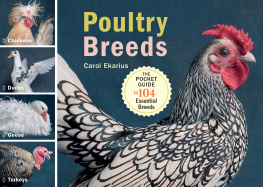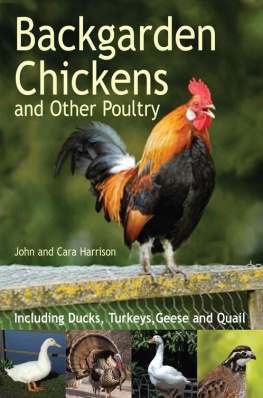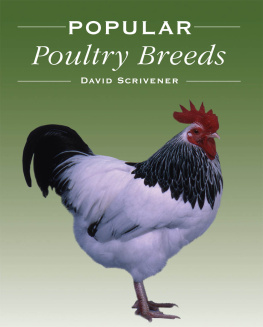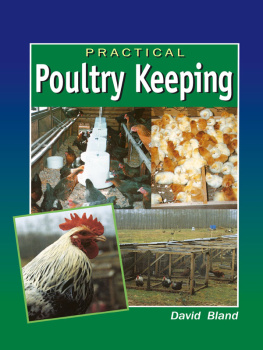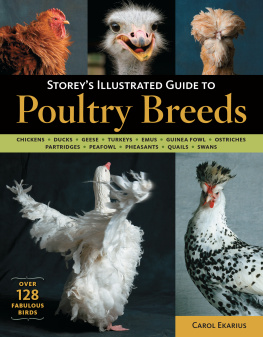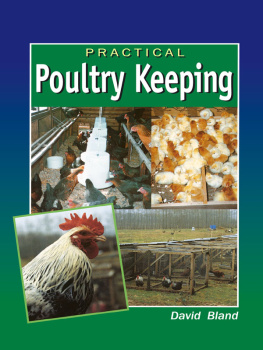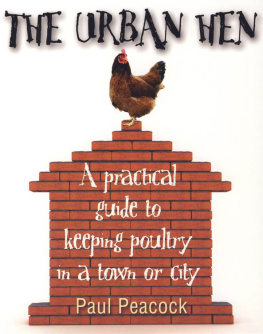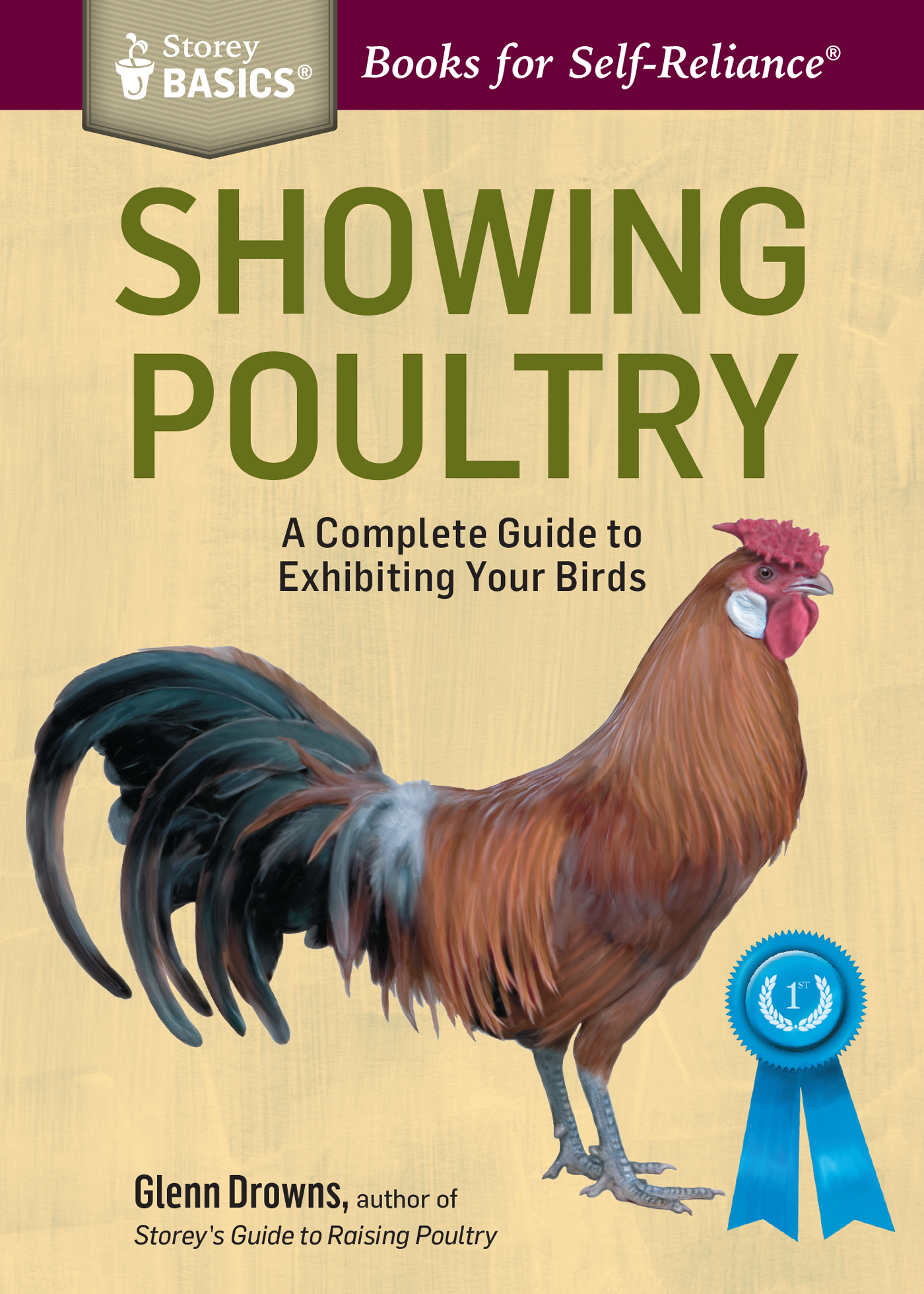This book was written for families and youth competitors, and other entry-level amateurs. It is not intended for professional breeders at American Poultry Association shows.
Showing poultry can be an exciting experience for anyone at any age. The challenge of raising show-quality birds and the competition itself are most rewarding, providing opportunities for the first-time exhibitor to acquire a great deal of knowledge. It will be even more rewarding if you plan ahead. Attending a show a year before you exhibit lets you simply observe and learn how things work. If you cannot attend the show you plan to enter, there are usually others nearby that will at least give you a feel for the process and can take the edge off that first experience.
Deciding what to show may be your first challenge. Start with the species of poultry that you are passionate about, but do not be afraid to branch out as you acquire knowledge and skill.
Typically, a first-time poultry exhibitor will begin with chickens because the stock is readily available. Although they may be the most common, chickens are not necessarily the easiest way to start. Instead, I always recommend waterfowl to first-timers. Waterfowl are more forgiving of learner mistakes when it comes to the raising process, and for showing purposes they are easy to get ready for the show. In fact, if you give them their own water container to clean up in, ducks and geese almost get themselves ready.
Turkeys and guineas are less common show specimens and thus have a good chance of winning because of the lack of competition. They do require considerable effort, however, both in raising and in preparing for the show. Before you venture into showing turkeys or guineas, it would be best to have a few years experience of both poultry raising and poultry showing. Both of these wonderful fowl have a few quirks in the raising and showing that can be a bit overwhelming for the beginner.
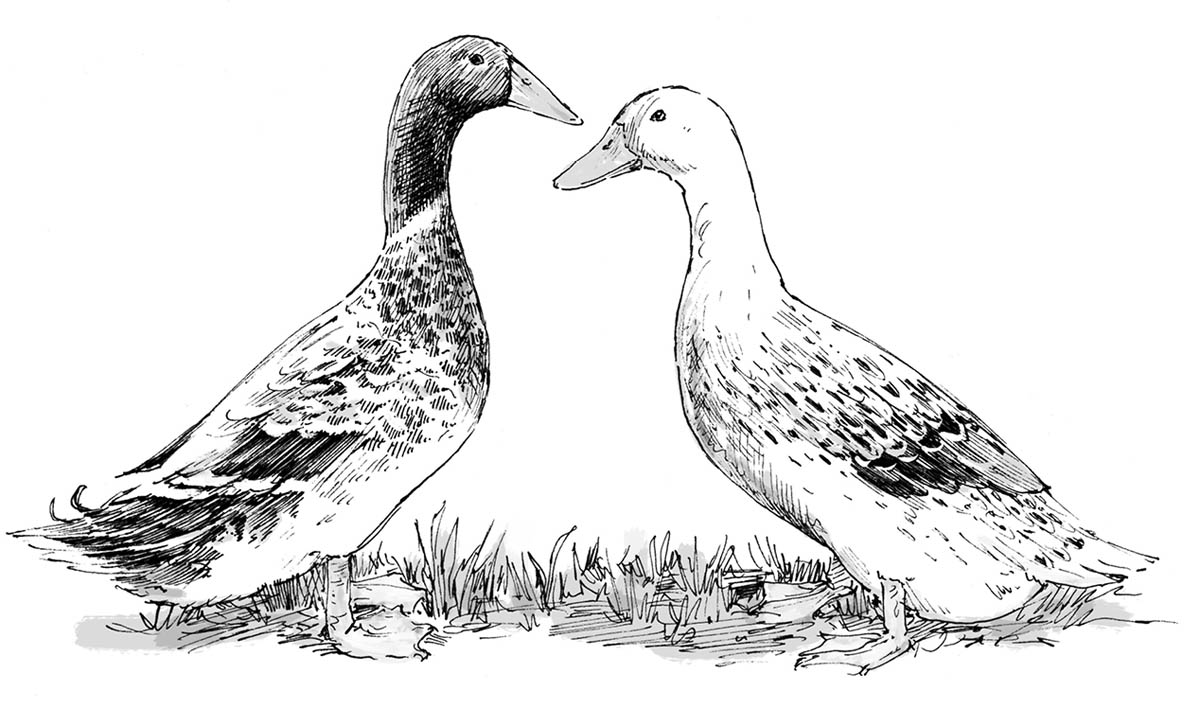
DUCK PAIR. Though often overlooked, ducks make an excellent poultry project.
Where to Show
Deciding where to show can be challenging in some areas of the country and easier in others. Nearly every county fair in the United States has a place for 4-H and Future Farmers of America (FFA) showing, and many also have open class (non-4-H, non-FFA members) shows in conjunction with these youth events. State fairs are also an option for many and the competition will be stiff, and the divisions and classes large.
Other show options are the ones that are sanctioned by the American Poultry Association (APA) or American Bantam Association (ABA) and are put on annually or semiannually by area fancy poultry clubs. (Fancy in this sense does not mean ornamental, but different breeds that are not typically used by large commercial operations.) With regional, state, and (often) national meets for specific breeds, these are great opportunities to see, literally, the best of the best. These shows are routinely advertised in poultry publications and promoted in the magazine/newspaper The Poultry Press, which has been reporting on show results for well over 100 years.
Dont expect top results the first time you exhibit at an APA- or ABA-sanctioned show. This is where the pros show their birds. And dont be discouraged if you do not do well; just consider it a learning experience and start preparing for the next year.
Show Requirements
As early as possible, find out the requirements for the particular show youll be in, as these can vary among states and even among counties in the same state, whether the show is 4-H, sponsored by a poultry club, or professional. For example, limitations on the age of the birds will vary from show to show. In some cases, the birds must all be hatched during a specific time frame, and you will need to provide verification of that. Other shows will require specific breeds, and non-listed breeds will not be allowed.
How Many Birds?
A key issue is the number of birds allowed per entry. Many 4-H fairs require pairs, or pens of three; others will allow single-bird entries. Here you must follow show guidelines. You may have an outstanding male or female bird, but the contest may require that you show either a pair or a trio or, in some cases, a pen of three of the same sex.
For many years, interest in showing was low and most shows did not have a maximum number of entries an individual could enter. Increased interest has led to limits for many shows. Before you raise 50 birds of top show quality, check the maximum entry limits. Most fairs have an entry fee, which can be as small as 25 cents or as steep as $3 plus per entry. All of this information can be found in the show entry guidelines and, in many cases, on a website.
Entry forms are usually self-explanatory. They require information such as band numbers, gender, and whether your bird is in the pullet/cockerel grouping or the hen/rooster grouping.
Terms to Know
APA. The American Poultry Association, the umbrella organization whose mission is to promote and protect the standard-bred poultry industry and to maintain its standards via publications, shows, and other educational efforts
ABA. The American Bantam Association, a national organization that promotes the breeding and exhibiting of all kinds of bantams
fancy. The act of raising chickens for pleasure; or, a name for a group of enthusiasts who raise chickens or other poultry
Chapter TWO
Acquiring Your Birds
Once you have decided to show and you understand the requirements, it is time to find a source for your birds. This must happen a considerable length of time before the show: if your show will take place in mid- to late summer, you must decide where you are going to get your animals either by purchasing started stock or acquiring day-olds prior to the first of the year. These days, you can browse the Internet to learn which breeds and varieties are acceptable for showing and which are not. That research will help you decide how much you want to spend, and how deeply you want to get involved with the activity.
Breeder or Hatchery?
The first step is deciding whether to use a breeder or a commercial hatchery. A breeder focuses on the perfection of a breed and aims to retain all of its recognized American Poultry Association (APA) traits. A commercial hatcherys main purpose is to produce production birds, which may well resemble the APA-recognized breed but not be the correct size or have a few other minor imperfections in the body, such as in the comb and eye color. You may not notice some of these minor differences at first, but as you start showing they will become more and more evident.
Buying from a Breeder
A breeders primary focus is to maintain the breeds size and physical characteristics. A breeder will sacrifice and go with a lower hatch rate to get a better example of a bird, which a commercial source may not be willing to do. Many production qualities can be lost in an effort to maintain the breeds true desired traits. The best example here would be Runner ducks. Runner ducks that come from a commercial source will frequently appear to have the correct upright stance needed for showing, but in many cases their bodies will not be at the correct angle. It is very disappointing to see a commercially bred Runner duck that walks at a 45-degree angle and has a short, fat neck.



